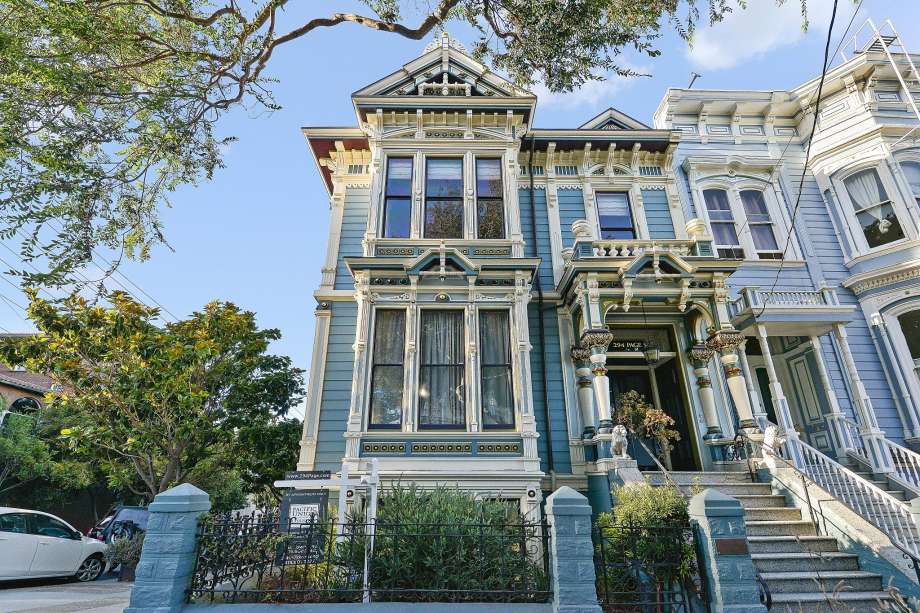

When the steamer crews called out imprecations against these marine hitchhikers, the Italian fishermen screamed right back in words that soon became a part of waterfront "lingo". Sometimes they would throw a grappling hook into the rudder chain of a passing steamer and get an easy ride home. If the boat was becalmed, they waited long hours for a breeze, or got out the oars and rowed. Old timers around Fisherman's Wharf have other tales to tell, recalled from the period of the last sailboats. Porpoises playing around the boat indicated a bad wind was brewing. If the moon was in the east, the tide was coming in or if in the west, the tide was flowing out the Golden Gate.

Often likened to the "vintage" automobiles of the Model-T era, the Monterey Hull craft ride at harbor alongside a "'third generation" of commercial fishing boats diesel-powered craft which overshadow them in size cruising capacity and are often equipped with two-way radio telephones and "sonar" depth-finders.įishermen used to get their news about the weather from nature instead of a radio or television report. The gas engine made it possible to fish more days of the year, gave a wider range for their operation in the ocean water and provided power to haul in the nets or lines.Įven today, several hundred of the Monterey-type boats remain as a part of the fishing fleet. What became known as the Monterey Hull boats came into general use. The "second-generation" of fishing boats came with the introduction of gasoline engines small but dependable "put-puts". You could not see a companion boat, but you knew it was there.

In the fog-shrouded waters outside the Golden Gate, the singing was a means of communication. Their natural talent for song was to be heard in renditions of arias from Verdi, lusty if not always true to the ear. The fishermen themselves were as colorful as their craft. Green was the prevailing color of the tiny boats, and the name of a patron saint appeared on the hull. They were copies of the craft which the Italian fishermen knew in their native land. Most of the boats in view belong to a "third generation" of fishing craft, which have made history at Fisherman's Wharf.įrom the days of the Gold Rush until the turn of the century, the San Francisco fishing fleet was composed of lateen-rigged sailboats. Here visitors can peer down at the fishing crafts riding in the calm water, or pause to watch fishermen mending a net. One of the great pleasures of visiting San Francisco is a stroll along this city’s historic Fisherman’s Wharf.


 0 kommentar(er)
0 kommentar(er)
